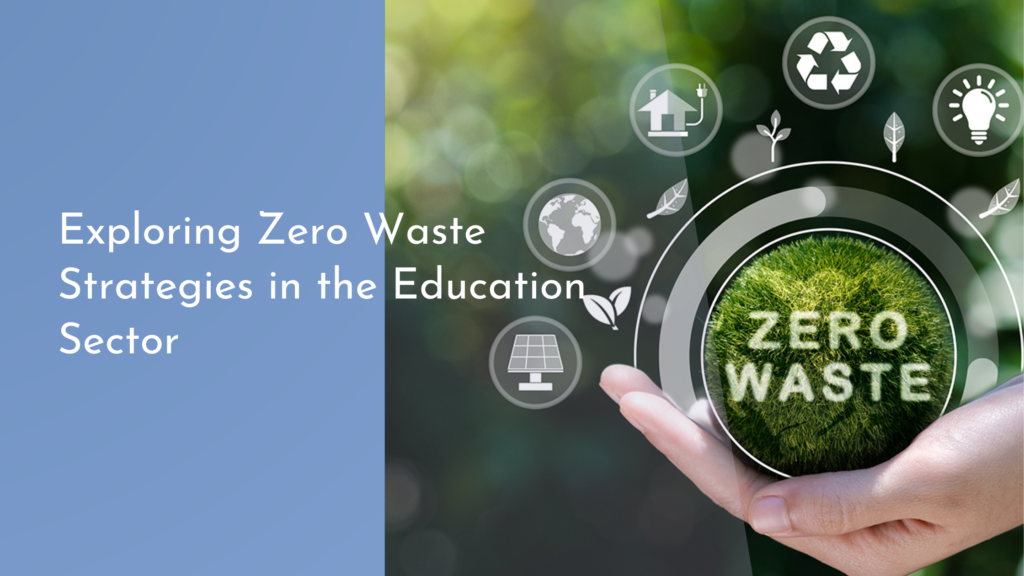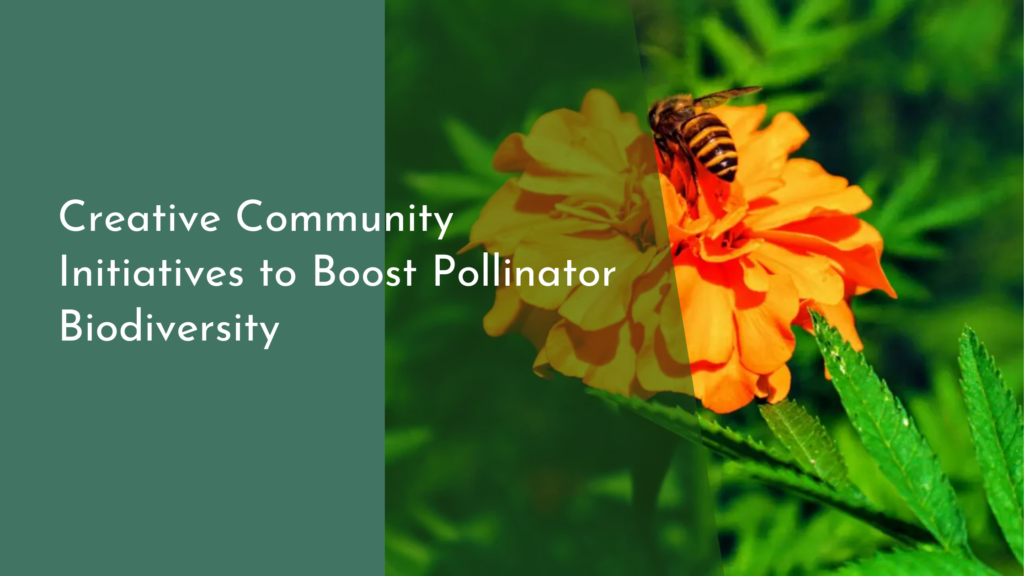Pollinator Pathways: Creating Effective Corridors
In a world where biodiversity is in decline and ecosystems are under threat, pollinators are essential to maintaining the balance of our natural environment. Pollinators, such as bees, butterflies, and other insects, play a vital role in the reproduction of many plants, contributing significantly to our food supply and overall ecosystem health. However, urbanization, habitat loss, and pesticide use have led to dwindling pollinator populations. One effective solution is the creation of "Pollinator Pathways"—green corridors that connect habitats and provide safe spaces for these important creatures.
By establishing these pathways, we can help ensure that pollinators have the resources they need to thrive. Not only do these corridors support biodiversity, but they also enhance the beauty of our landscapes and promote community engagement. In this article, we’ll explore the importance of pollinator pathways, how to design effective corridors, the role of native plants, and how communities can come together to support these vital efforts.
Discover the Importance of Pollinator Pathways Today!
Pollinator pathways serve as critical lifelines for bees, butterflies, and other insects that are essential for pollinating the crops and wildflowers we rely on. These pathways help to facilitate movement among fragmented habitats, allowing pollinators to access food sources, nesting sites, and breeding areas. Creating these corridors is particularly crucial as many species of pollinators are facing threats from habitat destruction, climate change, and pesticide exposure. By establishing networks of native plants and green spaces, we can create safe passageways that sustain pollinator populations and encourage their recovery.
In addition to supporting pollinators, these pathways foster improved ecosystems by promoting diversity and resilience. Healthy pollinator populations can lead to increased plant reproduction, which in turn supports a range of other wildlife species. Pollinator pathways can also enhance human experiences, offering beautiful gardens and green spaces for recreation and education. By recognizing the importance of these pathways today, we can take meaningful steps toward creating a sustainable environment for both wildlife and ourselves.
Designing Effective Corridors for Bees and Butterflies
When designing pollinator pathways, it’s crucial to consider the needs of the species you aim to support. An effective corridor should consist of a series of connected habitats that allow for easy movement between feeding and nesting areas. These corridors can be created by linking existing green spaces, gardens, parks, and other natural areas. It’s essential to maintain a diversity of floral resources throughout the seasons, ensuring that pollinators have consistent access to food from early spring blooms to late fall flowers.
Additionally, the design of these corridors should incorporate features that provide shelter and nesting opportunities for pollinators. Planting dense shrubs, leaving bare patches of soil, and installing bee hotels can create safe havens for various species. It’s also important to consider the scale and location of these pathways; even a small community garden or a row of flowering plants can make a significant difference in connecting larger habitats. By creating thoughtfully designed corridors, we can dramatically improve the chances for pollinators to thrive.
Native Plants: The Key to Thriving Pollinator Habitats
One of the most effective strategies for attracting pollinators to pathways is the incorporation of native plants into the landscape. Native flora has evolved alongside local insect populations, making it the ideal food source for pollinators. These plants are well-adapted to the local climate and soil conditions and often require less maintenance than non-native species. Moreover, native plants provide nectar and pollen that are vital for the survival of various pollinator species.
Incorporating a range of native plants that bloom at different times throughout the growing season is vital to supporting a diverse array of pollinators. By selecting species that flower in succession, we can ensure that pollinators have a continuous food supply. This not only benefits the insects but also enhances the overall health of the ecosystem, as native plants contribute to soil health, water retention, and wildlife habitat. By prioritizing native flora, we can create vibrant and sustainable pollinator habitats that thrive for generations to come.
Community Efforts: Join the Movement for Pollinator Love!
Creating pollinator pathways is not just the responsibility of individuals or organizations; it requires community involvement and collaboration. Local governments, schools, neighborhood associations, and gardening clubs can all play a role in establishing and maintaining these vital corridors. By working together, communities can pool resources, share knowledge, and inspire action toward creating a pollinator-friendly environment. Organizing workshops, planting events, and educational programs can raise awareness about the importance of pollinators and how individuals can contribute to their conservation.
Community efforts can also extend to advocacy for policies that protect pollinators and their habitats. Supporting local initiatives that promote sustainable land use and responsible pesticide practices can significantly impact the health of pollinator populations. Engaging with local businesses to create pollinator-friendly spaces, such as planting native gardens or installing bee hotels, can further amplify these efforts. By coming together for pollinator love, we can shape a brighter future for these essential creatures and, in turn, for ourselves.
In conclusion, pollinator pathways represent a vital strategy for supporting the health and survival of bees, butterflies, and other essential pollinators. By understanding their importance, designing effective corridors, utilizing native plants, and fostering community involvement, we can create thriving habitats that benefit both wildlife and humans. As we work together to establish these connections, we not only enhance our environment but also contribute to a sustainable future for generations to come. Let’s embrace the joy of gardening for pollinators and be part of the movement to create a world where these amazing creatures can flourish!


